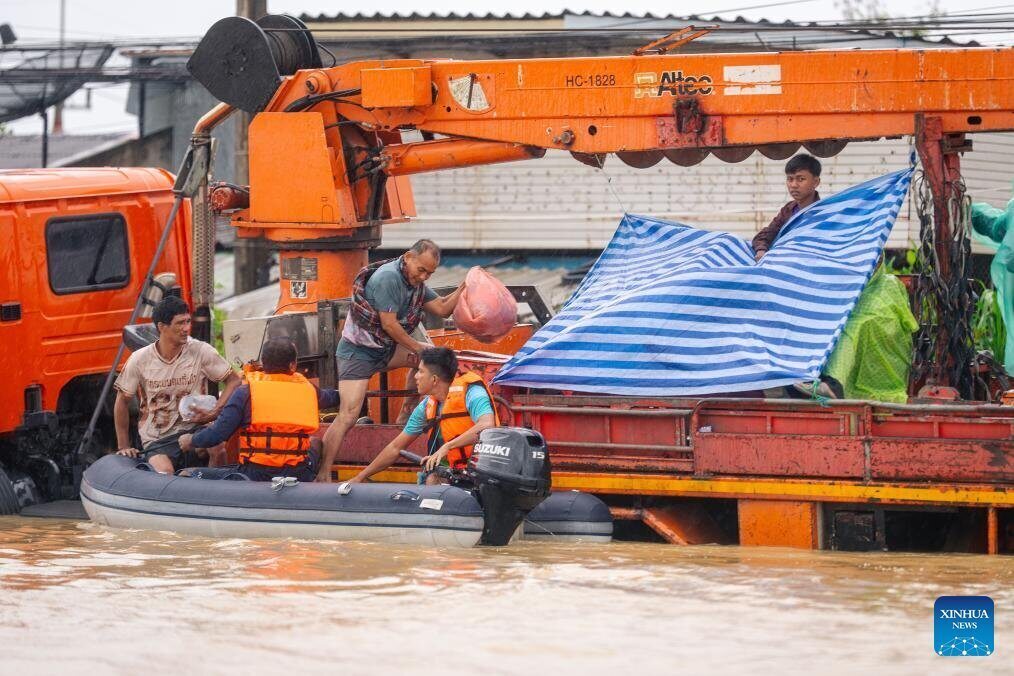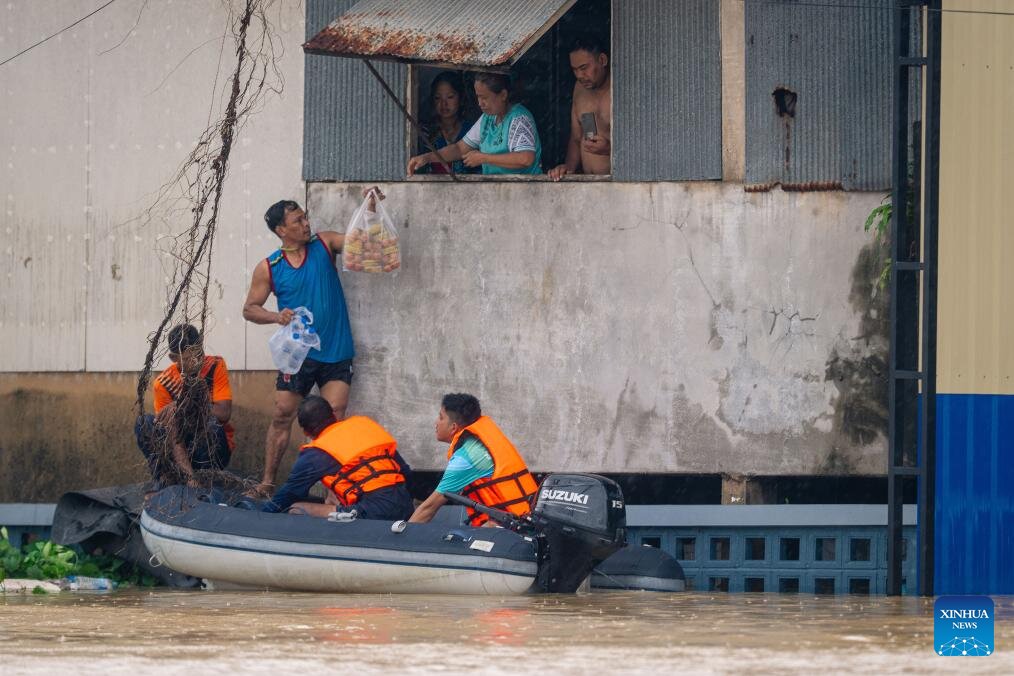In the face of the catastrophic natural disaster situation, Thai Prime Minister Anutin Charnvirakul has just officially declared a state of emergency in Songkhla province. The decision comes as southern Thailand is devastated by unprecedented severe flooding combined with strong northeast monsoons and low pressure.
Immediately after the announcement, the Thai government activated a special command center to coordinate rescue operations, amid record-breaking rainfall that caused widespread property damage and seriously threatened public safety.
The Royal Irrigation Authority of Thailand confirmed that Hat Yai city - the economic and transportation center of Songkhla province - has just suffered the heaviest rainfall in recorded history. Officials described the probability of the rain as "one in 300 years". Some areas have recorded accumulated rainfall of up to 400mm.
According to the Thai Disaster Prevention and Control Agency, the flood has affected nine southern provinces, affecting the lives of about 2.2 million people. Statistics from the Thai Ministry of Health show that at least 19 people have died, mainly due to electrocution and flood accidents.
At the center of Hat Yai, floodwaters rose to 2.5m, completely submerging traffic routes and flooding half of people's houses. Images from the scene show that rescue forces had to use boats to evacuate people and transport necessities.


The most tragic situation is occurring at Hat Yai Hospital, where partial power and water have been cut off since the evening of November 24. About 30 newborns are stuck in the department of pediatrics without their parents by paralyzed traffic.
The nurses here described a chaotic scene: They had to take care of children in dark rooms, only lit with flashlights and used a standing fan to cool.
"Yesterday's water only flooded the first floor, now it has risen to the second floor," a worried nurse shared. A total of about 500 people, including 200 inpatients, are still trapped inside and need urgent drinking water.
To cope, the Thai Irrigation Department is racing against time to drain water as quickly as possible. Dozens of large-capacity pumps and water pushers have been installed to direct the flood flow into Songkhla Lake and out into the Gulf of Thailand.
However, the Thai Meteorological Department warned that the situation could get worse. The strong northeast monsoon combined with a high-intensity low pressure area covering the southern region will continue to cause heavy rain. The risk of flash floods and strong water flow from the mountainsides remains very high, posing a major challenge for rescue work in the coming days.











